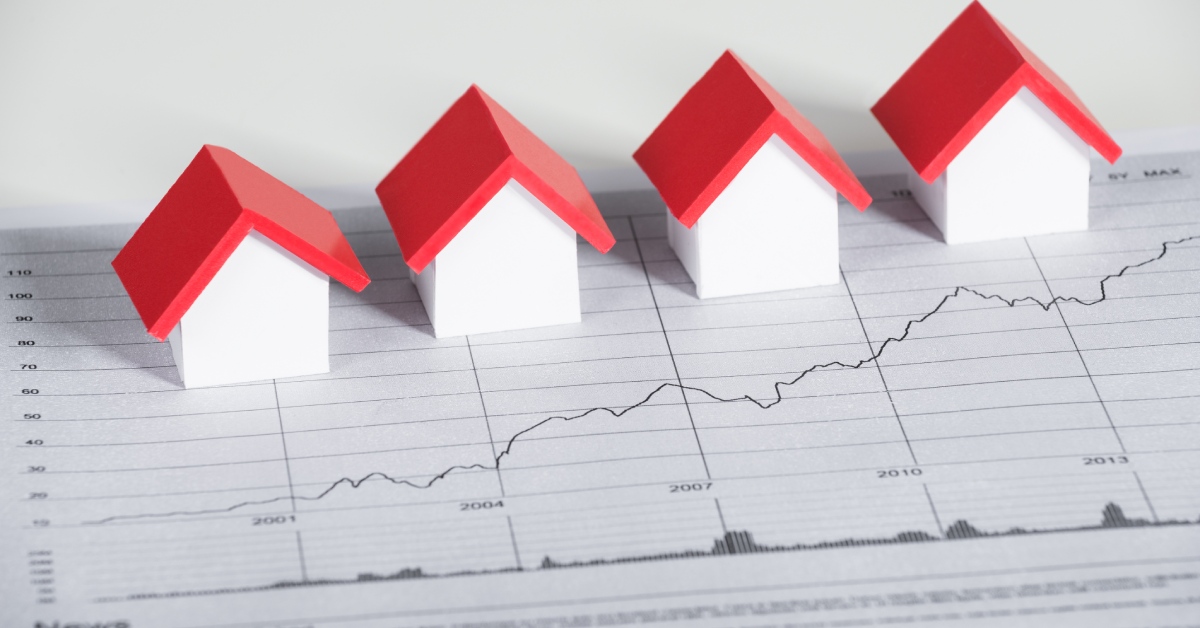
Learn the critical differences between these two key metrics and why both are essential for evaluating rental properties...
Read More
Discover the often-overlooked expenses that can significantly impact your rental property's profitability...
Read More
Step-by-step guide to researching your local market to set competitive rents and estimate realistic vacancy rates...
Read More
Compare these two fundamental real estate investment approaches and learn how to balance them in your portfolio...
Read More
Essential tax deductions and strategies every rental property investor should know to improve their bottom line...
Read More
Proven methods for growing your real estate investments while maintaining healthy cash flow and manageable risk...
Read MoreStart by entering the purchase price of the property and all associated buying costs (closing costs, legal fees, inspections, etc.). These figures form the basis of your total investment.
Enter your expected monthly rent and estimated vacancy rate. The vacancy rate accounts for periods when the property may be unoccupied between tenants.
Include all anticipated expenses: property taxes, insurance, maintenance costs, management fees, and any other recurring expenses. Be as thorough as possible for accurate results.
Click "Calculate Yield" to see your results. Review the gross yield, net yield, and cash flow figures to evaluate the investment potential. Compare these metrics against your investment goals.
Experiment with different numbers to see how changes affect your returns. Try higher/lower rent amounts, different vacancy rates, or reduced expenses to find the optimal investment scenario.
Pro Tip: For the most accurate analysis, research local market conditions to ensure your rent estimates and vacancy rates are realistic. Consider consulting with local property managers for expense estimates.
Gross yield is calculated by dividing the annual rental income by the property value, showing the basic return before expenses. Net yield takes into account all operating expenses (taxes, insurance, maintenance, etc.) and provides a more accurate picture of your actual return on investment. Our calculator provides both metrics so you can understand both the gross potential and net profitability of a property.
The accuracy depends entirely on the numbers you input. Our calculator uses standard real estate investment formulas to process your data. For the most accurate results, research local market conditions thoroughly to ensure your rent estimates, vacancy rates, and expense figures are realistic. Many investors consult with local property managers for expense estimates.
This varies by market and investment strategy. Generally, a gross yield of 8-12% is considered good for residential properties, while net yields of 5-8% are typically desirable. However, in high-appreciation markets, investors sometimes accept lower yields for long-term capital growth. Our blog has articles that explore yield expectations in different markets and property types.
Our calculator focuses on property fundamentals rather than financing, so mortgage payments aren't included in the yield calculations. This allows you to compare properties objectively regardless of financing method. However, you can add mortgage payments to "Other Expenses" if you want to see their impact on cash flow. Many investors run scenarios both with and without financing to understand both perspectives.
A common rule of thumb is to budget 1-2% of the property value annually for maintenance. For older properties or those in need of repairs, you may need to budget more. It's also wise to set aside additional funds for capital expenditures (roof, HVAC replacement, etc.). Our "Hidden Costs of Rental Property Ownership" blog post provides detailed guidance on estimating these expenses.
Vacancy rates vary by location and property type. In strong rental markets, 5-7% is typical. For less desirable areas or properties, 8-10% might be more appropriate. Research local market reports or consult property managers in the area. Our calculator lets you adjust this rate to test different scenarios—we recommend running both conservative and optimistic estimates.
Currently, our calculator doesn't have a save feature, but you can take screenshots or note down the results to compare different properties. Many investors create spreadsheets with multiple scenarios using our calculator's outputs. We're working on adding account features that will allow saving and comparing calculations—sign up for our newsletter to be notified when this launches.
Our calculator was designed by real estate investors who found most tools either too simplistic or overly complex. We strike the perfect balance—including all essential variables without unnecessary complexity. Unlike many calculators, we account for buying costs in your total investment and provide both gross and net yield metrics. The clean interface makes it easy to use while still providing professional-grade analysis.
While primarily designed for residential rentals, the calculator can provide preliminary analysis for small commercial properties. However, commercial real estate often involves different expense structures (NNN leases, percentage rents, etc.) and longer vacancy periods. We recommend using our tool for initial screening but consulting commercial-specific resources for detailed analysis.
The calculator works with any currency—just be consistent with your inputs. However, tax structures, legal fees, and typical expense ratios vary significantly by country. The core yield calculations will be accurate, but you'll need to research local norms for expenses and vacancy rates. Our methodology is based on principles that apply globally, but local market knowledge is essential for accurate results.
Have more questions? We're here to help.
Contact UsSubscribe to our newsletter for market analysis, investment strategies, and tips for maximizing your rental property returns.